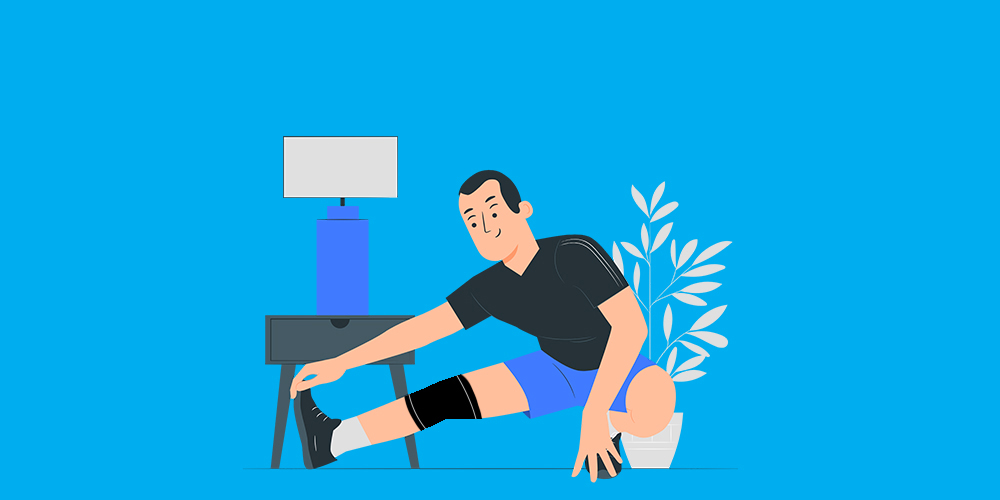Knee compression sleeves have become a must-have for athletes, gym enthusiasts, and anyone looking to protect their knees during workouts. Whether you’re powerlifting, running, or recovering from an injury, the right fit can make all the difference. But how tight should knee sleeves be?
Let’s dive into the details and help you find the perfect balance between comfort and support.
Credit: TKWC Compression Sleeve Amazon.com
The Purpose of Knee Compression Sleeves
Before we get into sizing, it’s important to understand why knee sleeves are used. They’re not just for show—they serve a real purpose in enhancing performance and preventing injuries. Compression sleeves improve blood flow, keep the knee joint warm, and provide added stability during intense movements.
Whether you're squatting heavy weights or going for a long run, knee sleeves can help reduce strain on your joints and give you that extra edge.
Finding the Perfect Fit
So, how tight is too tight?
The answer lies in a Goldilocks zone—tight enough to provide support but not so tight that it cuts off circulation or limits your mobility. You’ll want a fit that feels snug but comfortable, giving you confidence without discomfort.
Signs of a Good Fit:
|
- • The sleeve should stay in place during activity without sliding down or bunching up.
- • You should feel moderate compression, like a firm hug around your knee.
- • Full range of motion is essential—if you can’t comfortably bend and straighten your leg, the sleeve is too tight.
|
|
Measuring for Your Knee Sleeves
Getting the right size starts with accurate measurements. Grab a tape measure and follow these simple steps:
|
- 1. Measure around your knee joint: Wrap the tape around the center of your kneecap with your leg straight. This is the standard measurement most brands use to determine size.
- 2. Refer to the brand’s size chart: Sizing can vary between brands, so always check their specific guidelines. Some may recommend going a size smaller for extra compression if you’re lifting heavy weights.
|
|
How to Tell If Your Sleeves Are Too Tight
A knee sleeve that’s too tight won’t just be uncomfortable—it can interfere with your performance and even pose risks.
If you notice numbness, tingling, or deep red marks after taking them off, it’s time to reassess your fit. Similarly, if you struggle to pull the sleeves on and off or find your knee mobility restricted, you’re probably in need of a size up.
What Level of Tightness Do You Need?
Not all knee sleeves are created equal, and the right level of compression depends on your goals:
|
- • For Recovery or General Support: A looser, more flexible sleeve works best, offering mild compression without restricting movement.
- • For Heavy Lifting: Tight sleeves are your friend here, providing maximum support during squats and other high-intensity exercises. They might take some effort to get on, but they’ll give you the stability you need.
|
|
Practical Tips for Choosing Knee Sleeves
Choosing the right sleeves isn’t just about measurements—it’s about what feels right for you. Try on different sizes if possible, and don’t be afraid to test them during light activity.
Trust your instincts; if something feels off, it probably is.
Final Thoughts
Knee compression sleeves are a game-changer, but only if they fit correctly. A sleeve that’s too loose won’t offer the support you need, while one that’s too tight can be counterproductive.
By taking accurate measurements and considering your specific goals, you’ll be well on your way to finding the perfect pair. Your knees work hard for you—give them the support they deserve!


 Credit: TKWC Compression Sleeve Amazon.com
Credit: TKWC Compression Sleeve Amazon.com

